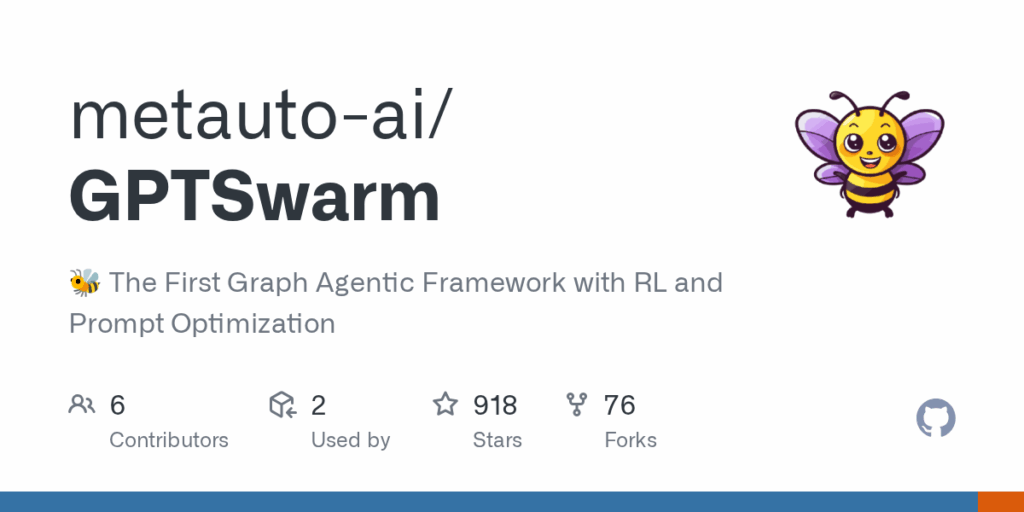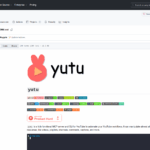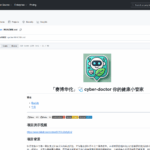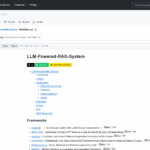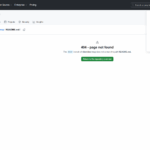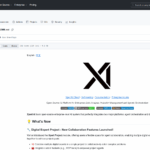GPTSwarm
Basic Information
GPTSwarm is a graph-based open-source framework for building, running, and optimizing LLM-based agent swarms. It is designed for researchers and developers who want to represent language agents and their interactions as graphs, compose multi-agent systems, and enable automatic self-organization and self-improvement of swarms. The library exposes modules for domain operations and tools, graph creation and execution, LLM backend selection and cost calculation, index-based memory, and optimization routines. The README provides installation and quickstart instructions, example notebooks and demos, visualizations of agent graphs and edge optimization, and support for running with local LLM servers. The project is research-oriented with an accompanying academic paper and experiments for advanced use.

